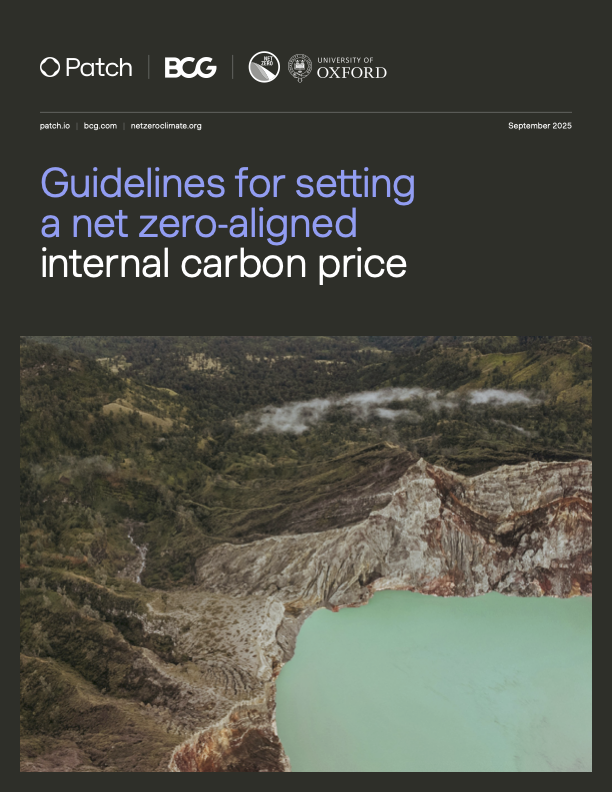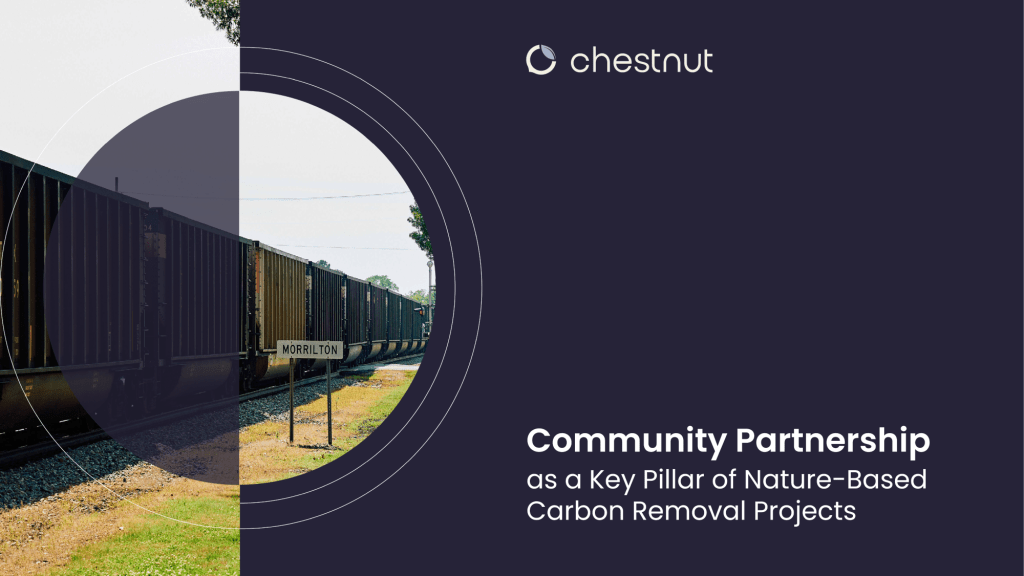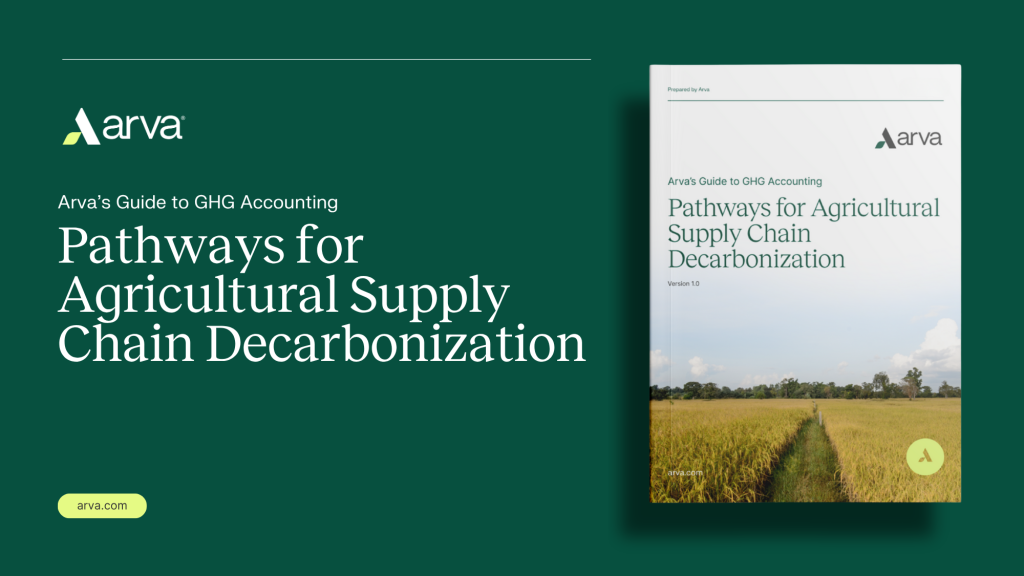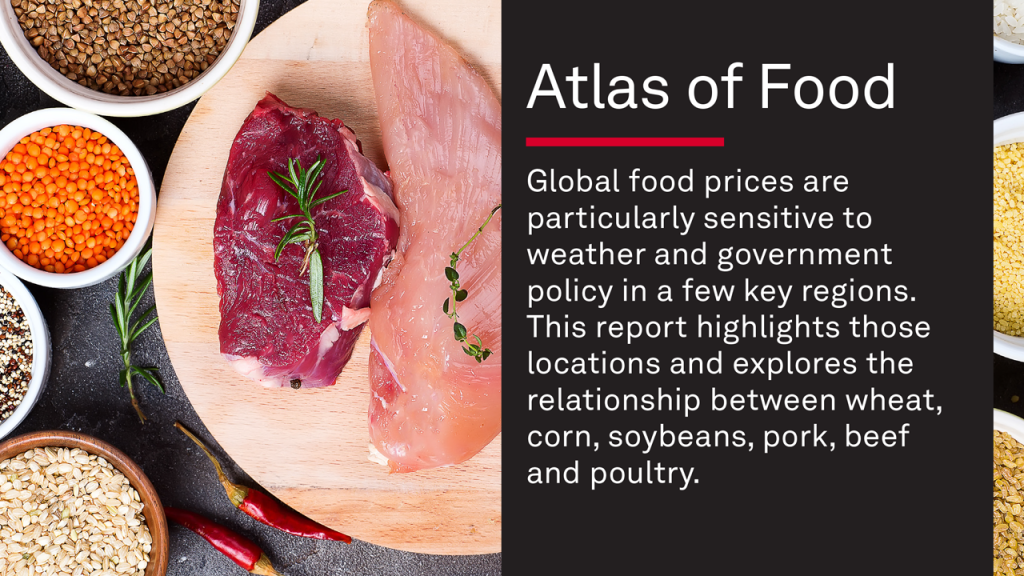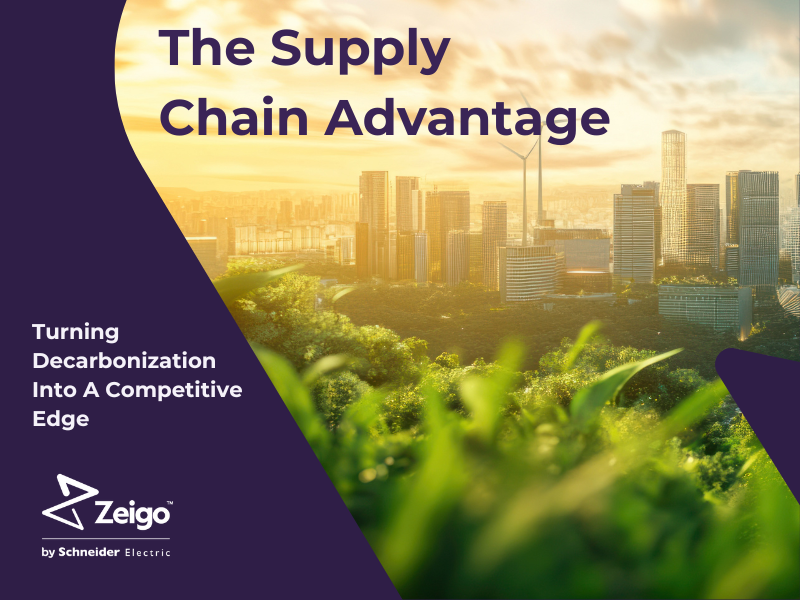The Bottom Line On … Carbon Taxes
Climate policy debates often feature discussions about the role of a carbon tax, either as an alternative or a supplement to a cap-and-trade program. This fact sheet describes the similarities and differences between the two polict approaches and answers other common questions about a tax on carbon.
What is a carbon tax?
A carbon tax is a fee imposed on fossil fuels, and other primary products (e.g., refrigerants), based on the amount of greenhouse gases (GHG) they emit. A carbon tax places a fee on coal, for example, based on the amount of carbon dioxide (CO2) that is released when coal is burned. The tax creates a cost for emitting GHGs into the atmosphere (for example, $25/metric ton of CO2-equivalent) and in doing so provides a financial incentive for reducing GHG emissions. A carbon tax policy may also include tax credits for activities that remove GHGs from the atmosphere.
This is part of the World Resource Institute’s Bottom Line series, which provides brief answers, along with recommendations for additional resources, for questions at the forefront of climate and energy policy debates. These two-page fact sheets, informed by WRI’s experience working with businesses to address the challenges of climate change, can help companies, policymakers, and other stakeholders stay informed on important policy concepts.
